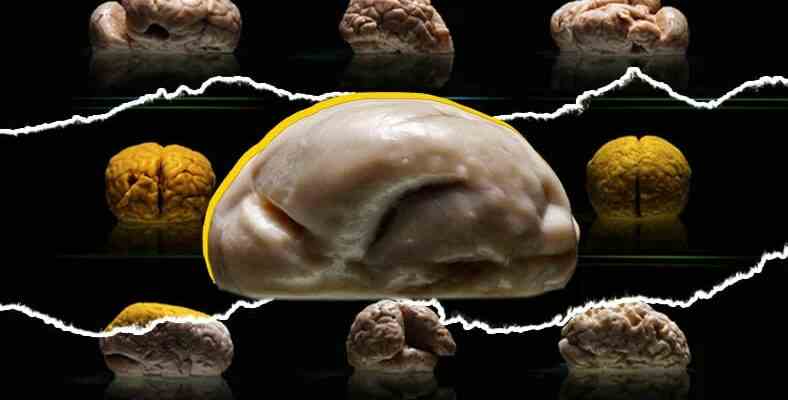As you know, the human brain has a form consisting of folds, indentations and protrusions. At least that’s how every healthy person’s brain is. However, the brains of some mentally ill people may change.
As we will see shortly; in different shapes and sizes to unhealthy minds possible to come across. Photographer Adam Voorhes, who has nothing to do with neurology, made a very interesting discovery on this subject in 2011.
Inside the warehouse he entered to take pictures a curvy brain even encountered the jars in which it was found. Let’s take a look at the scene and details that Voorhes saw in the hospital.
First, let’s take a look at brain and mental illnesses.
Brain, center of the nervous system as an organ. Its most important task is to provide central control of the other organs of the body. The brain, which has the same shape and number of folds in all healthy people, can vary in some cases.
Just as a disease that occurs in any part of our body can change that region. mental illness And it can really have an effect on our brains.
So, how is a convoluted brain possible?
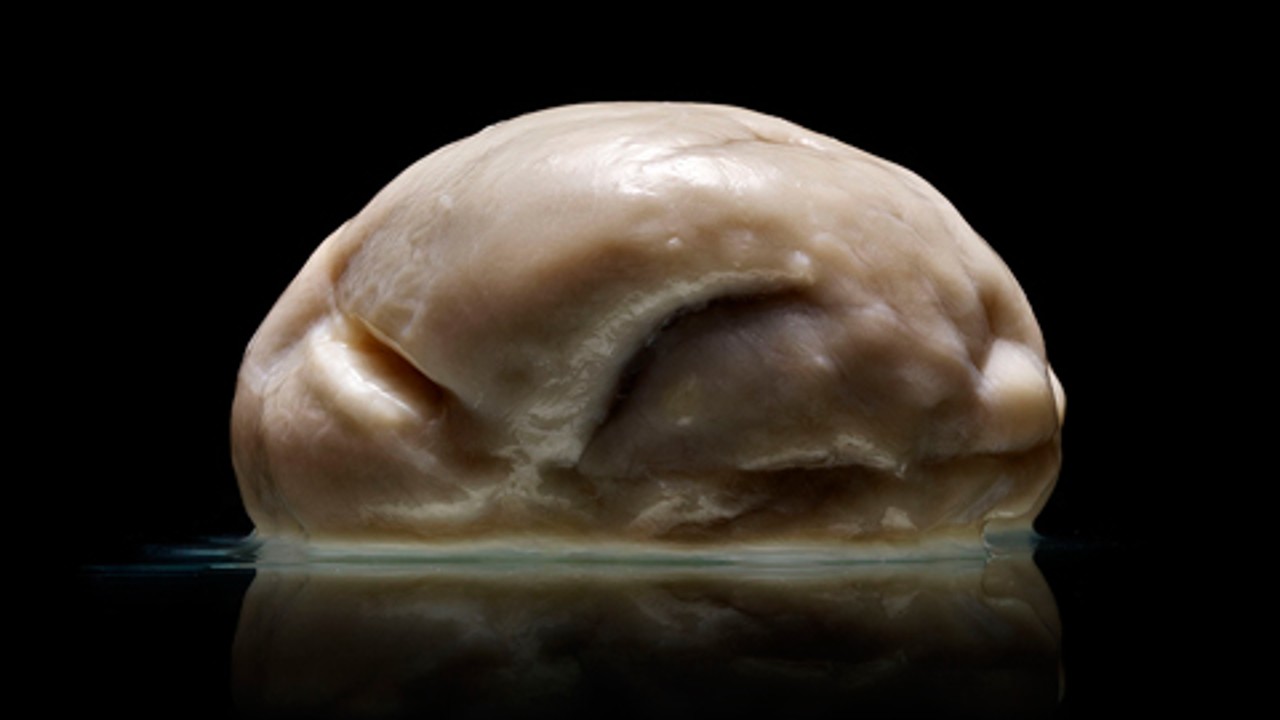
Recesses and protrusions, which we call “brain folds” among the people, are scientifically “sulcus” and “gyrus” is called. The absence of these sulci and gyri in every healthy brain is actually caused by a disease.
Licencephaly (flat brain) This disease, called this disease, occurs as a result of not transmitting neurons as they should during embryo development and unfortunately there is no cure. Many people with more likely variants of lissencephaly die before they reach the age of 10.
“Forgotten Brains of the State of Texas Mental Hospital”
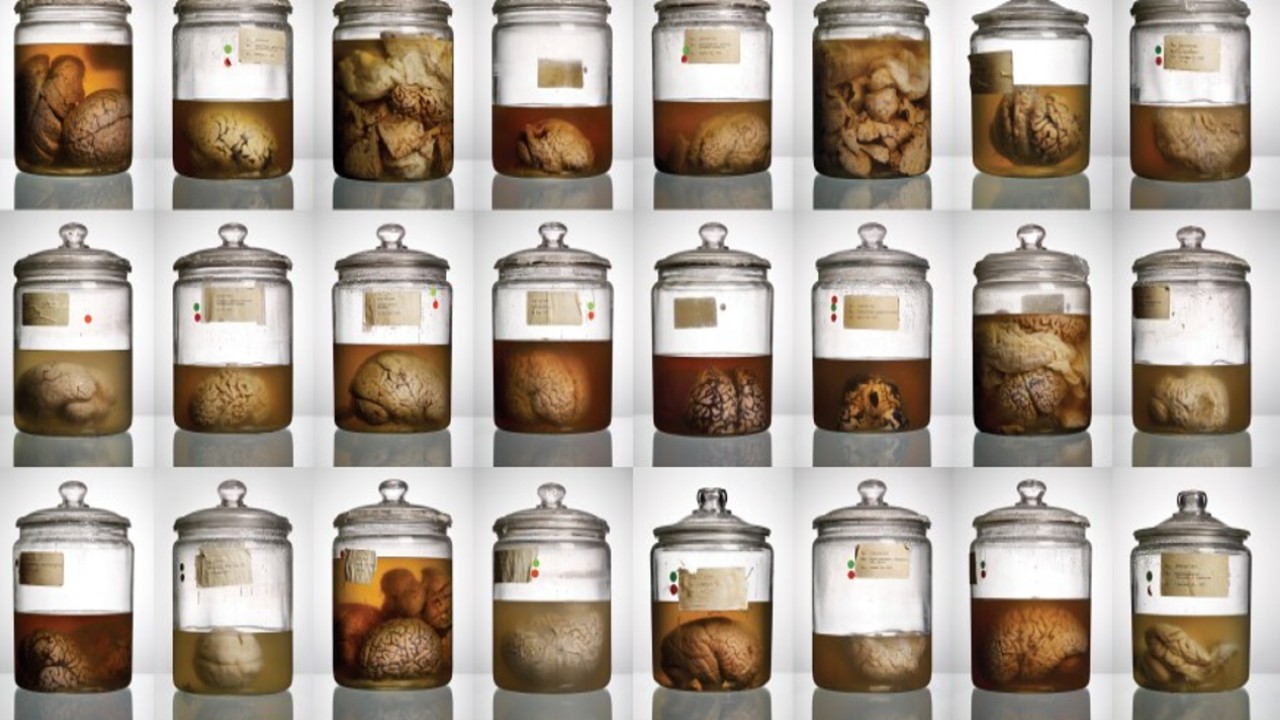
Texas photographer Adam Voorhes to photograph for ‘Scientific American’ magazine to Austin State Hospital When he thought he would only take a brain photo when it was sent, he was surprised at what he saw.
When he entered the Animal Resources Center in the back warehouse of the hospital, he was in one of the interestingly shaped brains in liquid-filled jars. there were no folds! This event stunned many scientists.
Voorhes photographed these brains that had been forgotten in the back of an animal lab for more than 20 years. “Forgotten Brains of the State of Texas Mental Hospital” He published a book called
Adam Voorhes describes what he saw as follows:
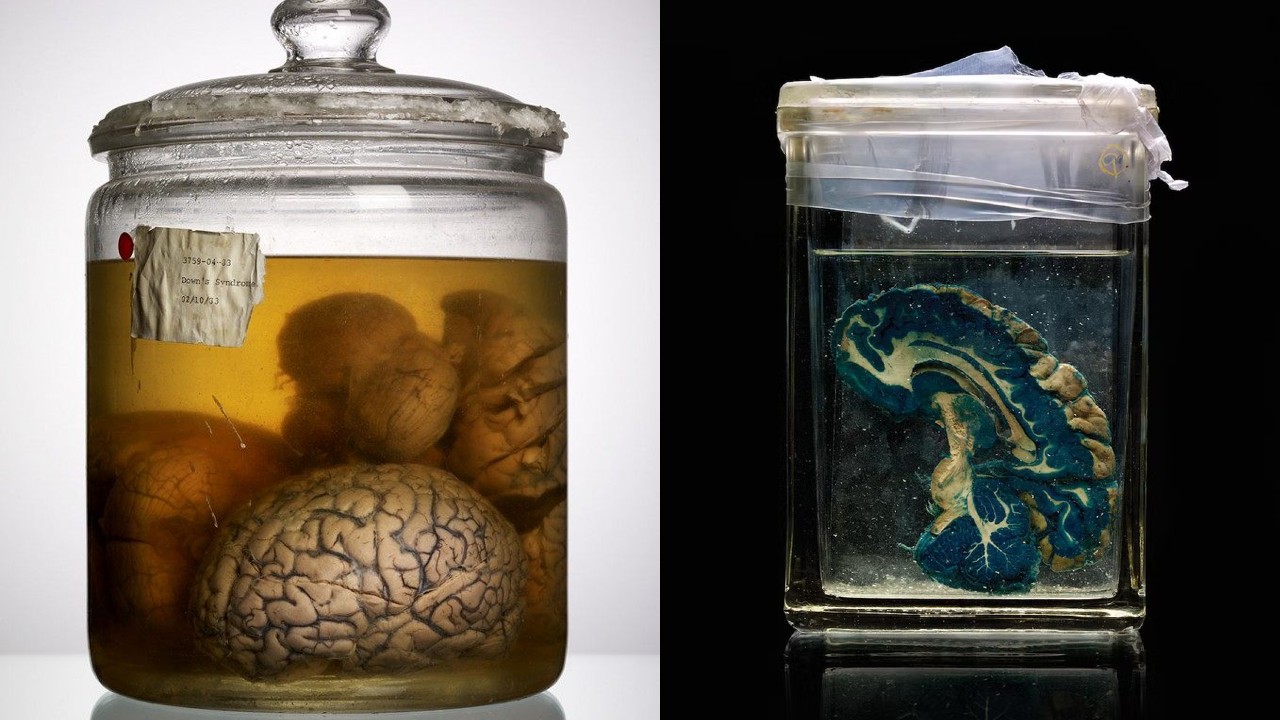
“Taken from patients at the Texas State Asylum, none of them normal I walked into a warehouse full of about 100 human brains. Each of the brains; It stood in liquid-filled jars labeled with the date of death or autopsy, a short description in Latin, and a case number. As surprising and fascinating as these collections are, they have remained untouched and unstudied in almost 30 years.”
Voorhes not only took the photos, but continued his research and found that the brains at the Animal Resources Center date back to the 1950s. Patients at the State of Texas Mental Hospital He learned that he belonged. He also tried to investigate the reasons for the different shapes of brains, but he was unsuccessful in his efforts.
What happened to the brains in the collection?
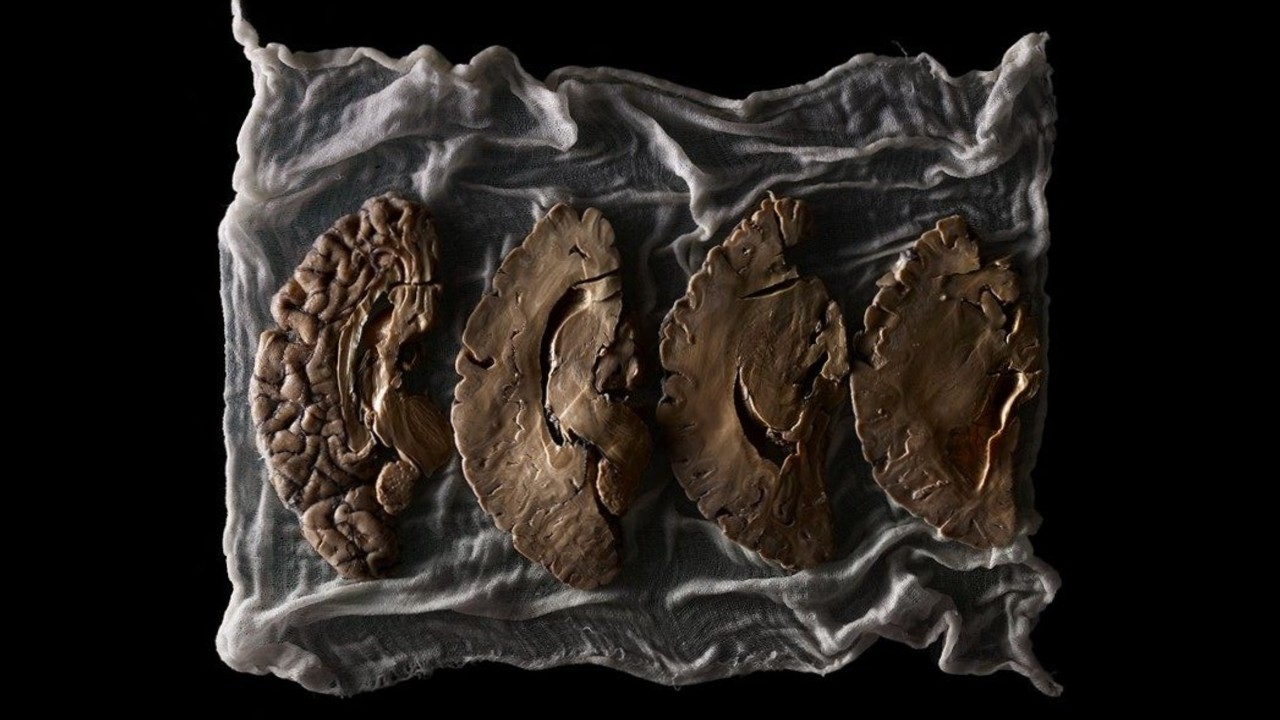
Although researches are published by science journals, the collection still remains a mystery. Some minds in the collection are solid and easy to work with, but some Alzheimer’s or meningitis They were not taken out of their jars as they were heavily damaged and very delicate due to
This rare collection of brains is now at the University of Texas. in psychology It continues to be used as a teaching tool.
RELATED NEWS
Men’s Brains ‘Shrink’ After Becoming a Father: So Why?
RELATED NEWS
The Change Migraine Creates in Our Brain Photographed for the First Time
RELATED NEWS
